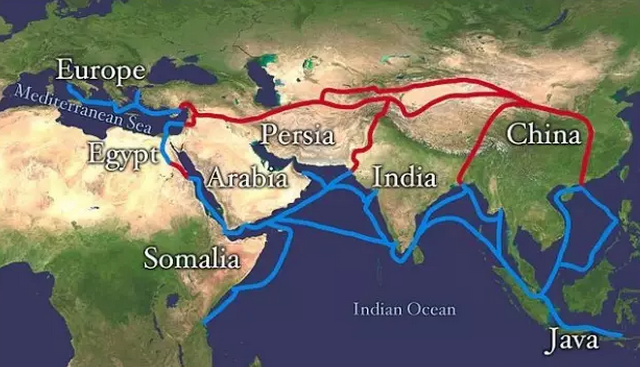The head of an industrial alliance reportedly said on Wednesday, August 23 that China should know how to differentiate politics and economics when investing in renewable energy projects for the Belt and Road initiative.
According to a research conducted by China New Energy International Alliance, India, Japan, Africa, Southeast Asia, Middle East and Europe have the biggest potential for renewable energy growth after 12 years.
"China's national energy strategy, national strategy and renewable energy strategy are not necessarily matched ... To realize sustainable development in international renewable market, we should appropriately separate political relations and economic interest," Zhang Shiguo, vice chairman at China New Energy International Alliance said, as cited by Reuters.
The vice chairman reportedly mean that China may need to invest projects in countries where it does not have a close political ties.
"Amid such complex international relations, we don't necessarily refuse to have projects in countries with whom we don't have close ties," he previously said in an interview.
To give an overview, the Belt and Road initiative's goal is to build a "Silk Road" which connects China and Southeast, South and Central Asia and beyond the Middle East, Africa and Europe by land or sea.
"India is the key market in South Asian region. However, it is hard (for Chinese enterprises) to enter the market considering current political relation," said Zhang.
To recall, since June, troops from China and India have been handling confrontations on a disputed region.
"I agree that it is hard to tackle (the) Indian market, but opportunities come along with difficulties," Zhang further added.









